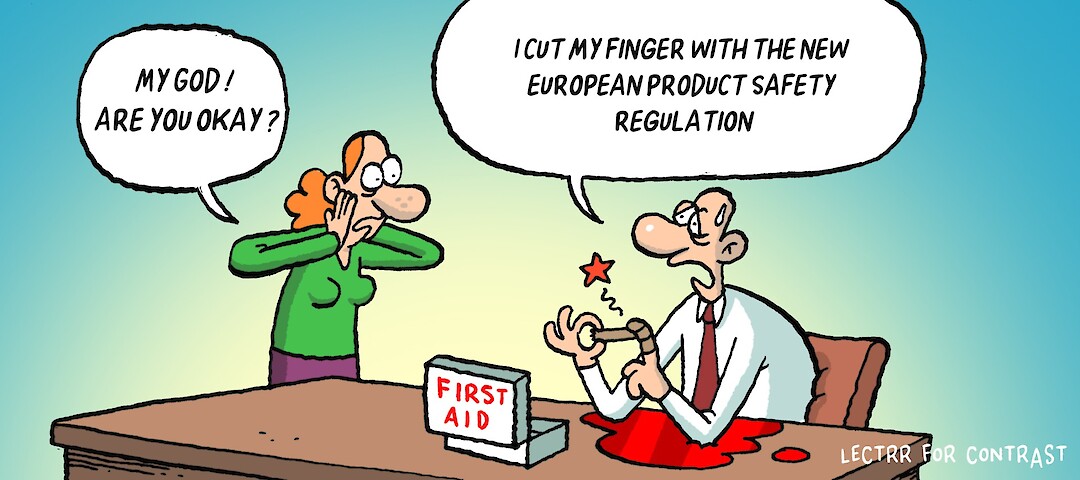In the Picture

Harder, better, faster, stronger: safer products are coming
February 2024Later this year, the new General Product Safety Regulation will enter into force. This regulation is a key instrument in the EU legal framework on product safety. It replaces the current directive and aims to reduce the EU consumer harm from unsafe products, estimated at nearly €20 billion in 2022, by more than a quarter.
The regulation modernises the European product safety framework, including by taking more into account the increasing digitalisation and development of new technologies.
Market participants and their products will be subject to additional obligations from 13 December 2024.
High time, then, to consider what innovations the regulation brings.
A brief clarification
Like its predecessor, the regulation lays down the general product safety framework for non-food consumer products for all sales channels. Only product categories subject to special European safety rules, such as machinery, toys, food products and pharmaceuticals are not captured by the regulation.
The guiding light remains the precautionary principle, that is, that operators should only offer safe consumer products.
Whether a product is safe depends primarily on its physical characteristics, such as its design and technical features, but also on a number of new assessment elements. For example, when a product is connected to new technologies, its safety is also assessed based on its cyber safety features to protect it from malicious third parties.
The regulation significantly expands the specific obligations for operators.
Distributors and importers will be subject to enhanced monitoring obligations to prevent unsafe products from being placed on the market. When they have reason to believe that a product is unsafe, they must:
- immediately inform the manufacturer and the market surveillance authorities of the Member States in which the product has been made available on the market; and
- ensure that the necessary corrective measures are taken to make the product effectively compliant, including through recall.
Manufacturers themselves must also take more proactive measures to ensure the safety of their products, including:
- conducting an internal risk analysis before marketing their products;
- providing technical documentation containing at least the essential characteristics relevant for assessing product safety;
- notifying the supply chain in a timely manner of any safety issue they identify; and
- maintaining a complaints register.
E-commerce has taken off in the recent times, and this is reflected in a new category of market participants in the regulation, namely "online marketplace providers". They must include information that allows identification of sellers on their online platforms.
A common criticism of the current regime is that it is difficult to monitor the safety of imported products. The regulation fills this gap: a product can only be sold if an EU-based economic operator is responsible for its safety. This economic operator will become the contact point for the supervisory authorities to demonstrate the compliance of the product with the regulation, to inform them if the product poses a safety risk, and to take corrective measures where necessary.
More generally, the regulation pushes for improved traceability and identification. It is no longer sufficient for the manufacturer or importer to simply state their identity and contact information. To contribute to faster detection and recall of unsafe products, products will have to bear a clear and accurate identification mark, such as a type, batch or serial number, which is easily legible and visible to consumers.
Non-compliance can result in sanctions from national supervisory authorities, which must be able to impose effective, proportionate and dissuasive sanctions.
Concretely.
- The EU adopted a new General Product Safety Regulation on 10 May 2023, which ensures that only safe products are marketed in the EU.
- This will replace the current General Product Safety Directive from 13 December 2024.
- The regulation applies to non-food consumer products not subject to specific safety rules and tightens the obligations of different operators to ensure product safety.
- The regulation creates a new category of operators, online marketplace providers.
- The regulation is particularly concerned with the safety of imported products.
- The regulation is directly applicable in all Member States without transposition into national law. However, Member States must provide for effective, proportionate and dissuasive sanctions in case of infringements.
Want to know more?
Please consult our website or contact one of our team members if you have questions or require more information:













